Главная » События » Новости » 311 Art Books Are Available for Free Download in the Getty Museum’s Virtual Library 311 Art Books Are Available for Free Download in the Getty Museum’s Virtual Library
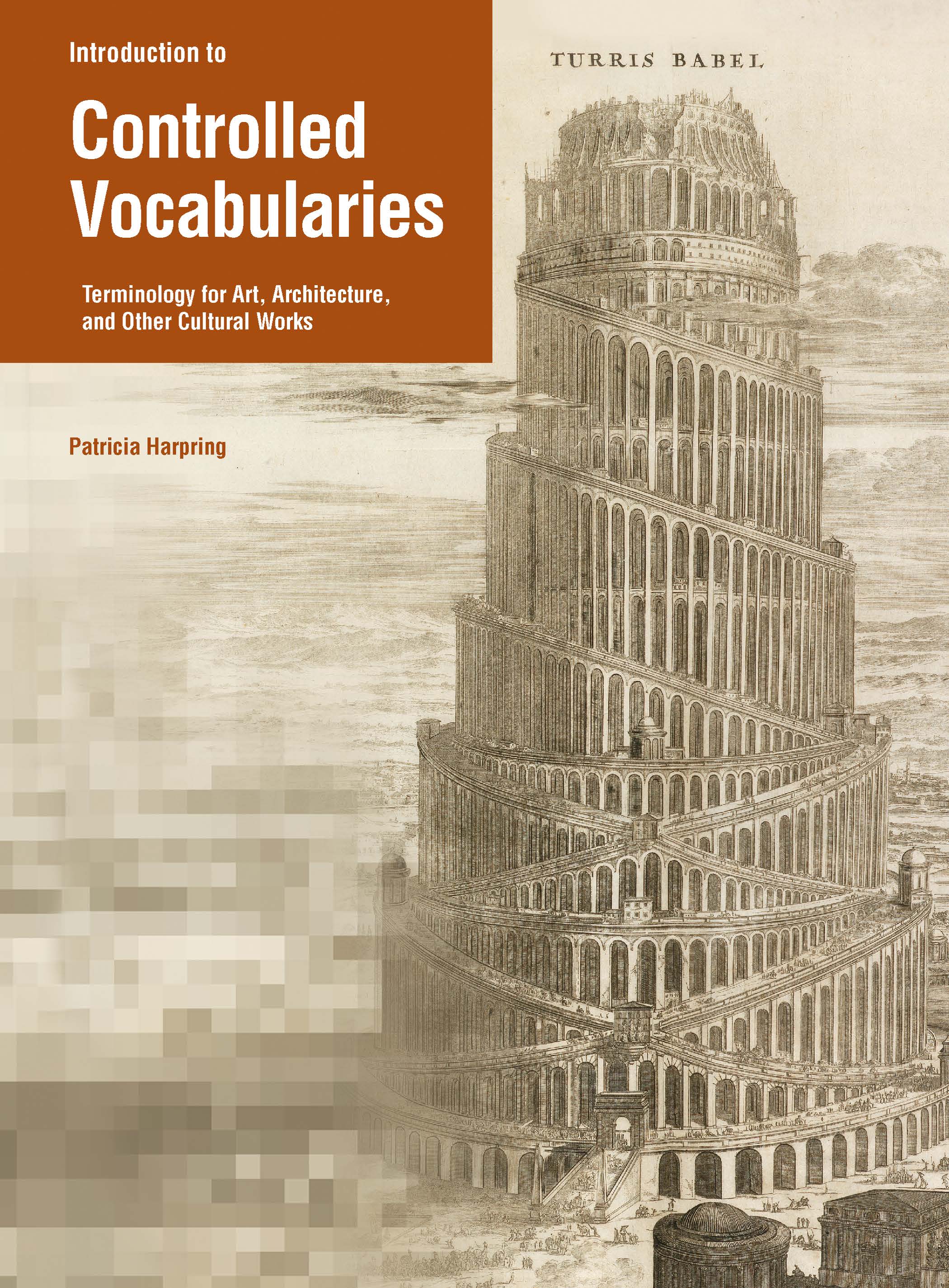 |
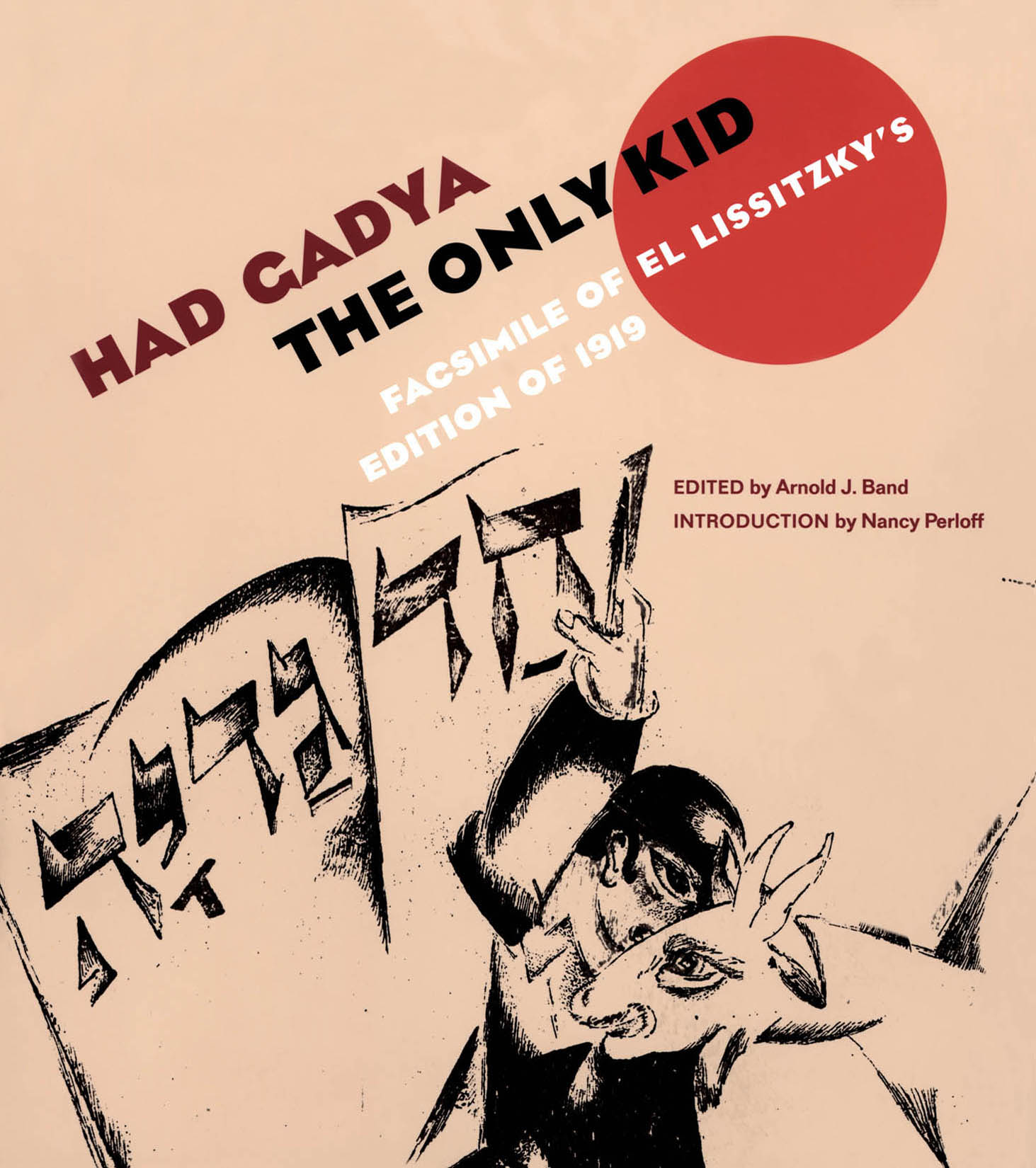 |
|
Patricia Harpring, with a foreword by Murtha Baca
2010. 258 pages
This detailed book is a “how-to” guide to building controlled vocabulary tools, cataloging and indexing cultural materials with terms and names from controlled vocabularies, and using vocabularies in search engines and databases to enhance discovery and retrieval online.
|
2004. 40 pages
This illustrated version of the popular Passover song “Had gadya” was the wonderfully playful offspring of the avant-garde artist El Lissitzky (1890–1941). It dates to a little-known period early in his career when he immersed himself in the Jewish cultural renaissance that flourished in Russia from roughly 1912 to the early 1920s.
|
Launched in 2014, the Getty Museum’s Virtual Library is a publicly accessible catalog of Getty titles that, for the most part, are no longer readily available in physical form.
“As a publisher, when you run out of copies of a book you can basically either reprint it and keep selling it, or you can retire the title, declaring it out of print,” said Greg Albers, Digital Publications Manager for Getty Publications, in an email interview with Hyperallergic. “If it doesn’t make financial sense to reprint and the book goes out of print, the original author or another publisher may choose to pick up the reins and publish a new edition, but more often than not, the book will just sort of disappear. This isn’t a fate anyone wants to see for their books and luckily at the Getty, a decidedly mission-driven organization, we were able to pursue an alternate option. We worked though some legal/copyright issues and released PDFs of the original books, for anyone to read and download, 100% for free.”
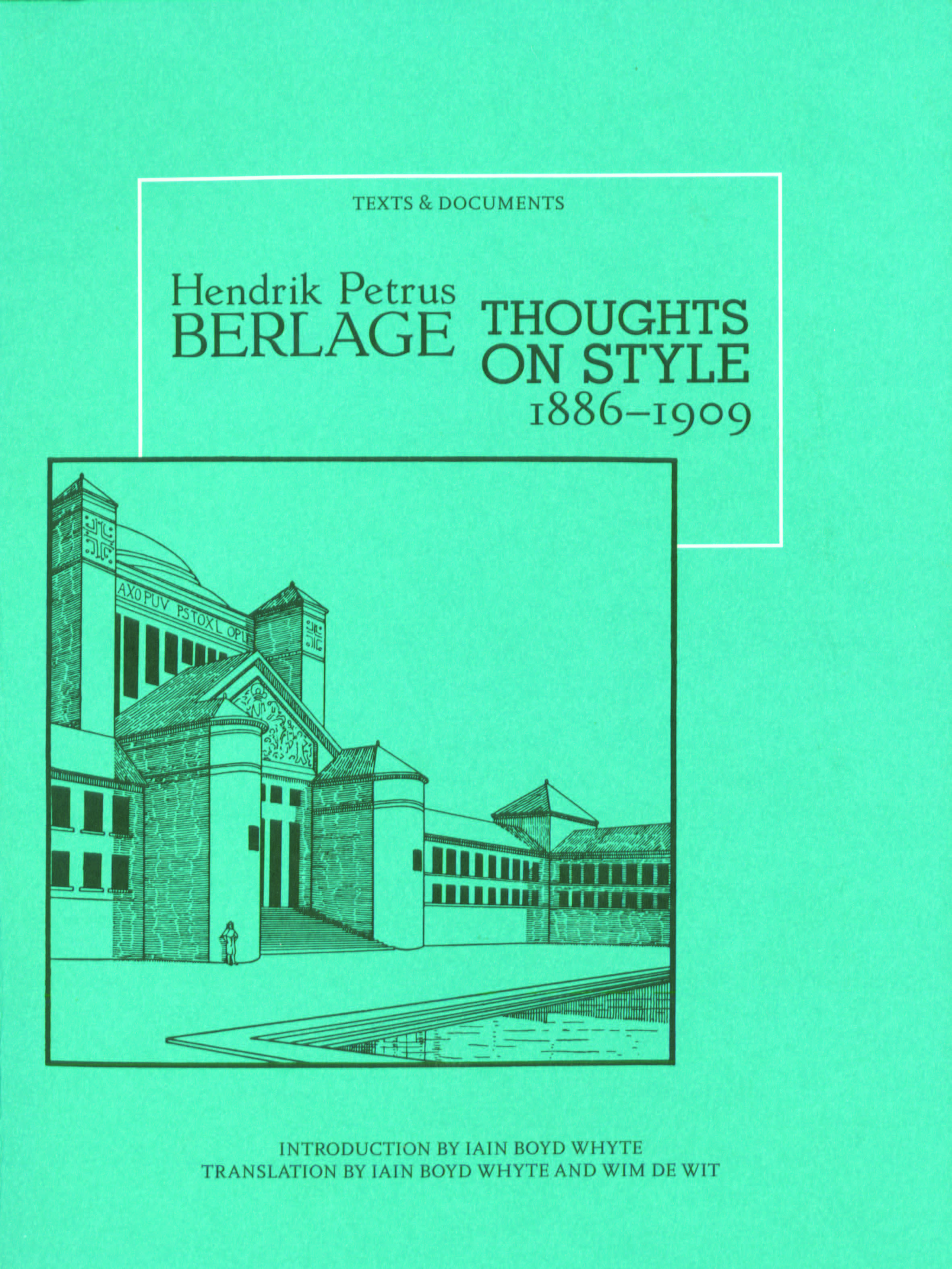 |
Introduction by Iain Boyd Whyte
Translation by Iain Boyd Whyte and Wim de Wit
1996
348 pages
Looking back to the period around 1910, Mies van der Rohe once commented that there was but a single architect then working on the European architectural scene, “Berlage was a lone giant.”
In parallel activities as both an architect and an architectural philosopher, H. P. Berlage created a series of buildings that witnessed the gestation and birth of architectural Modernism and a body of writings that probed in depth the problems and possibilities of this new style. But whereas his Stock Exchange in Amsterdam, with its rational mastery of materials and space, has long been celebrated for its seminal influence on the architecture of the new century, Berlage’s passionate writings on architecture, which exerted an equal influence on his contemporaries, have often been neglected.
The Texts & Documents series offers to the student of art, architecture, and aesthetics neglected, forgotten, or unavailable writings in English translation.
|
At its inception, the library offered just over 250 books — some of which, Albers is quick to mention, are still available for purchase through the Getty store and other retailers. It has since grown to 311 titles.
“That 311 represents a significant chunk of our list,” said Albers, “more than a quarter of the books we’ve ever published. And we’re going to continue adding titles moving forward.”
 |
Hermann Muthesius
Introduction and translation by Stanford Anderson
1994
144 pages
Although Hermann Muthesius is best known today in Anglo-American architectural literature for his studies of the English house, these impressive volumes were only one aspect of a more encompassing modernist polemic emanating from the German realist movement of the late 1890s. Style-Architecture and Building-Art, published in 1902, was Muthesius’s first serious effort to define the lineaments of early Modernism. A turn-of-the-century retrospective, it contains nearly all of the assumptions—good and bad—of later modernist historiography: the disdain of the nineteenth century for its artistic eclecticism and lack of originality; an appreciation of the material and industrial forces propelling the upheaval in building technologies; and, above all, a plea for a more sachlich (plain, simple) approach to design. This critical and highly opinionated text not only presages and underscores the tenets of the Deutsche Werkbund (founded five years later) but can itself be viewed as an important cornerstone of the Modern Movement.
The Texts & Documents series offers to the student of art, architecture, and aesthetics neglected, forgotten, or unavailable writings in English translation.
|
The virtual catalog includes books across the scope of the Getty’s interests, roughly divided into titles relating to the J. Paul Getty Museum, the Getty Conservation Institute, and the Getty Research Institute. Some publications focus on specific artists, others on decorative arts or historical periods, and others on topics as diffuse as Roman gardens, the far Eastern lacquerware tradition of urushi, and the effects of light on materials in collections. Most of the books are in English, but the library also contains some translated volumes in Spanish, French, Japanese, and a few other languages.
Albers characterizes the Virtual Library as not only a way of sharing older books in the collection, but building a model for future work in digital publishing, that releases books in multiple formats for free from the beginning, under Creative Commons licenses. The first of these offerings are already available online, with two more to come in the next few months, and “many more in the pipeline.”
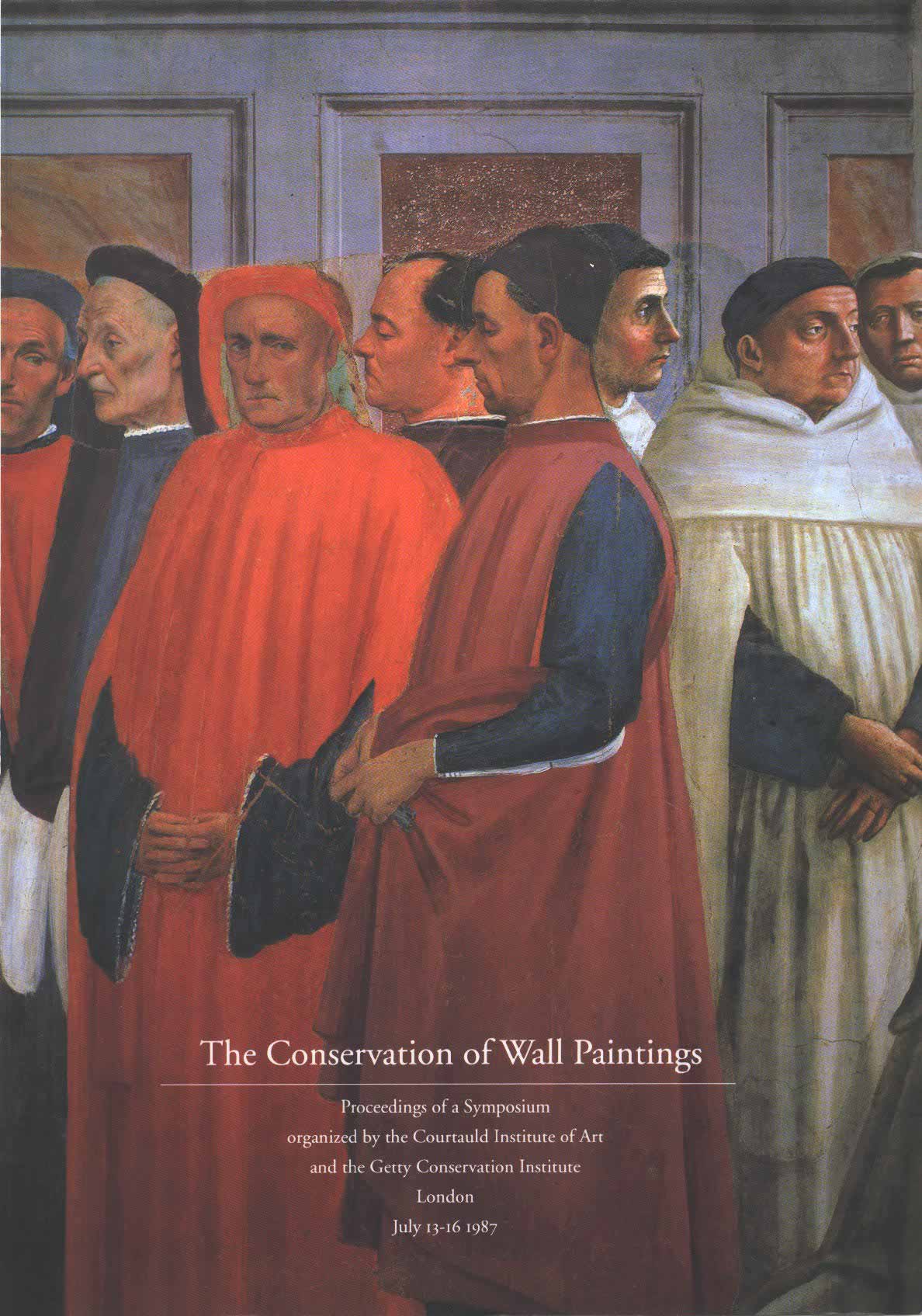 |
Sharon Cather, Editor
1991
154 pages
These are the proceedings of a symposium organized by the Courtauld Institute of Art and the Getty Conservation Institute, held in London, July 13–16, 1987.
Because the conservation of wall paintings requires an interdisciplinary approach, the purpose of the symposium was to facilitate the exchange of information among international conservators, scientists, and historians involved in major wall paintings conservation projects. The interdisciplinary nature of contemporary wall paintings conservation is reflected in this volume.
|
|
|
|
 |
Alice Taylor
1995
100 pages
In the seventeenth century, the Persian city of Isfahan was a crossroads of international trade and diplomacy. Manuscript paintings produced within the city’s various cultural, religious, and ethnic groups reveal the vibrant artistic legacy of the Safavid Empire.
Published to coincide with an exhibition at the Getty Museum, Book Arts of Isfahan offers a fascinating account of the ways in which the artists of Isfahan used their art to record the life around them and at the same time define their own identities within a complex society.
|
|
|
|
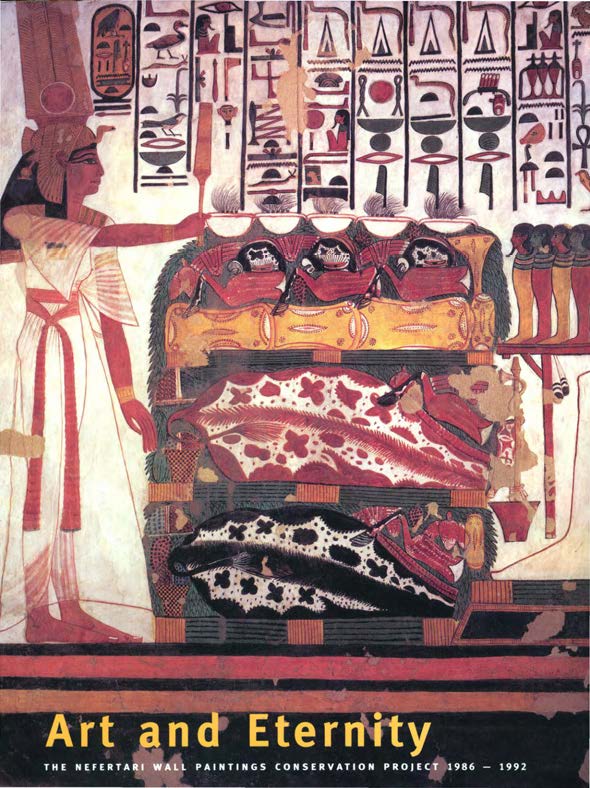 |
Miguel Angel Corzo and Mahasti Afshar, Editors
1993
160 pages
This is the final report on the conservation of the wall paintings in the tomb of Nefertari in the Valley of the Queens, Egypt. This highly successful collaborative venture launched by the Getty Conservation Institute and the Egyptian Antiquities Organization brought together scientists and conservators from all over the world to address the problems facing one of the most beautiful monuments of antiquity. The painstaking process that saved this cultural treasure in situ is documented in the text written by those who were most intimately involved in its rescue. Paolo and Laura Mora worked with and trained the team of conservators who carried out the consolidation and cleaning of the paintings. An international group of scientists carried out the analysis that was essential to the conservation process. Others contribute articles on the archaeology of the Valley, the iconography of the tomb, the original techniques and materials used by the artists, photographic documentation of the wall paintings, and literary sources for their study.
|
|
|
|
 |
Heinrich Hübsch et al.
Introduction and translation by Wolfgang Herrmann
1992
216 pages
In 1828 a young architect, Heinrich Hübsch, published a polemical study in which he suggested that the rapid technological progress of the early nineteenth century, combined with changed living habits, had rendered the Greek Neoclassical style unsuitable for present needs or future development. The intriguing title of his book—In What Style Should We Build?—even more than its provocative argument, touched off a dispute among architects that filled the pages of the newly founded journals of the 1830s and 1840s. The theme of this often animated discussion, hastened by the burst of historical knowledge, was the choice of a style—that is, the determination of the premises from which a future and culturally appropriate style might be engendered. By mid-century, however, the confident expectation of bringing the search to a conclusion began to wane. Now, historicism, plurality of styles, and eclecticism were becoming dominant factors in architecture. Evidently, the debate had failed in its prime objective, and yet, it had set in motion intellectual forces that from our present perspective appear to have instituted a new, nineteenth-century style.
The Texts & Documents series offers to the student of art, architecture, and aesthetics neglected, forgotten, or unavailable writings in English translation.
|
|
|
|
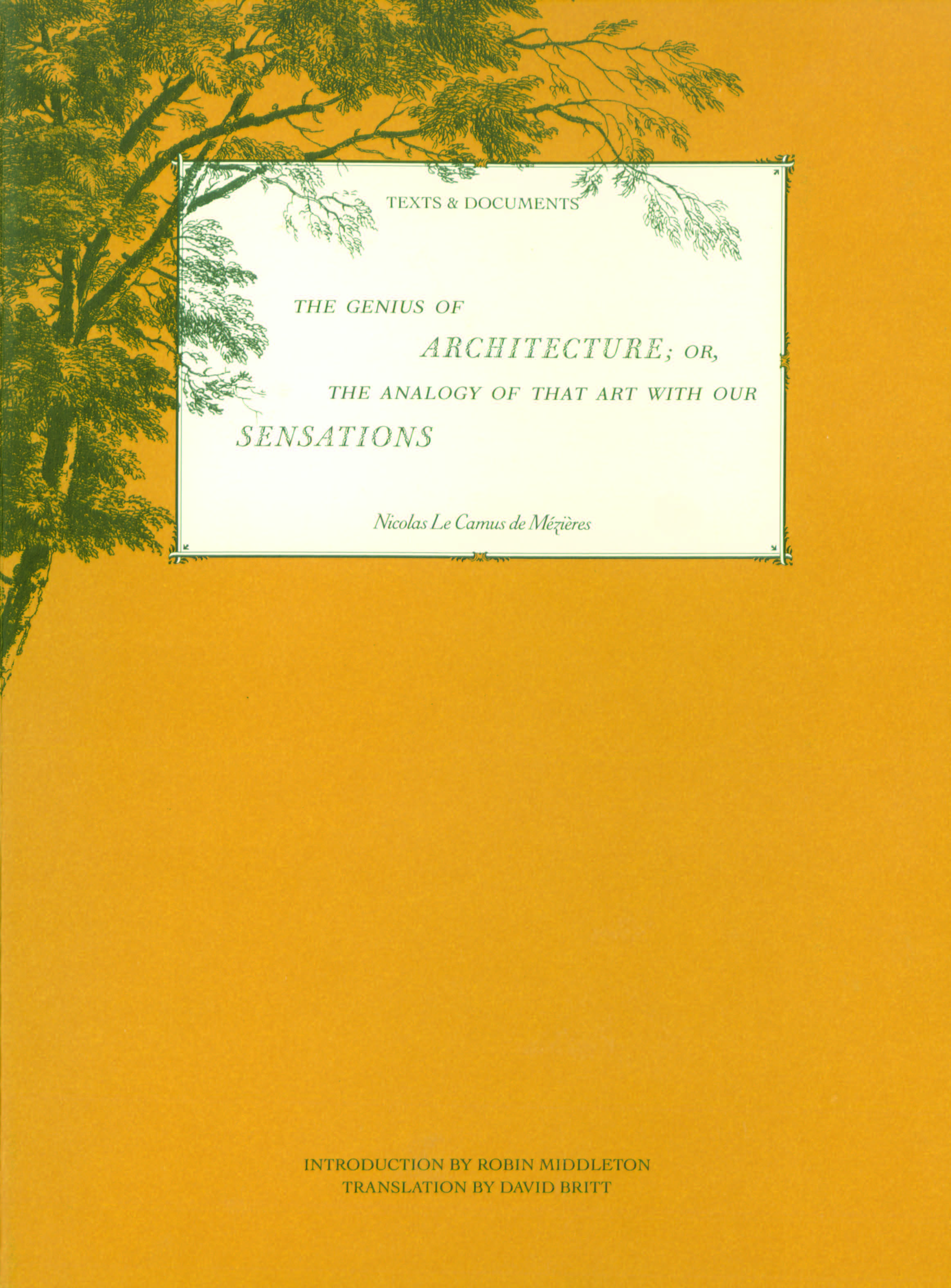 |
Nicolas Le Camus de Mézières
Introduction by Robin Middleton; Translation by David Britt
1992
224 pages
Nicolas Le Camus de Mézières (1721–circa 1793) emerges today as one of the more fascinating and influential architects of the French Enlightenment. Much admired by his contemporaries for his large circular market, the Halle au Blé (1763–67), Le Camus made his very significant mark on French Neoclassical theory with his fanciful and quixotic study The Genius of Architecture; or, The Analogy of That Art with Our Sensations (1780). In part a handbook on the planning of the French hôtel, in part a sensationalist exploration of form and its sentimental or expressive value—Le Camus’s always discreet and politic analysis argues the point that architecture should please the senses as well as the mind. Not only did such a proposition bring to a conclusion the theories of planning and caractère put forward by Germain Boffrand and Jacques-François Blondel, it also supplied the theoretical underpinning for the formal explorations of Etienne-Louis Boullée, Claude-Nicolas Ledoux, and John Soane. These issues and others are considered in the masterly and informative introduction by Professor Robin Middleton, which traces the theoretical development of such ideas through classical times and the eighteenth-century theories of Jean-Louis de Cordemoy, Jean-Baptiste Dubos, Roger de Piles, Etienne Bonnot de Condillac, Claude-Henri Watelet, Thomas Whateley, and Jean-Marie Morel.
The Texts & Documents series offers to the student of art, architecture, and aesthetics neglected, forgotten, or unavailable writings in English translation.
|
|
|
|
 |
Introduction by Fritz Neumeyer
Translation by David Britt
1994
240 pages
When Friedrich Gilly died in 1800, at the age of twenty-eight, he had published only four short essays, and his executed works consisted of a few minor buildings still under construction. Nonetheless, by virtue of the influence that he—as a teacher, colleague, and friend—exerted on Berlin architects active during the first half of the nineteenth century, Gilly may justly be regarded as the founder of the Berlin architectural tradition. His legacy, moreover, extends into the twentieth century.
This volume seeks to afford new access to Friedrich Gilly's ideas on architecture by presenting for the first time annotated English translations of his four published essays and the unpublished descriptions of his proposed memorial to Frederick the Great. An introduction by Fritz Neumeyer clearly locates Gilly's work and ideas within their historical context and forcefully demonstrates the lasting influence that Gilly has had on architecture, particularly in Germany.
The Texts & Documents series offers to the student of art, architecture, and aesthetics neglected, forgotten, or unavailable writings in English translation.
|
|
|
|
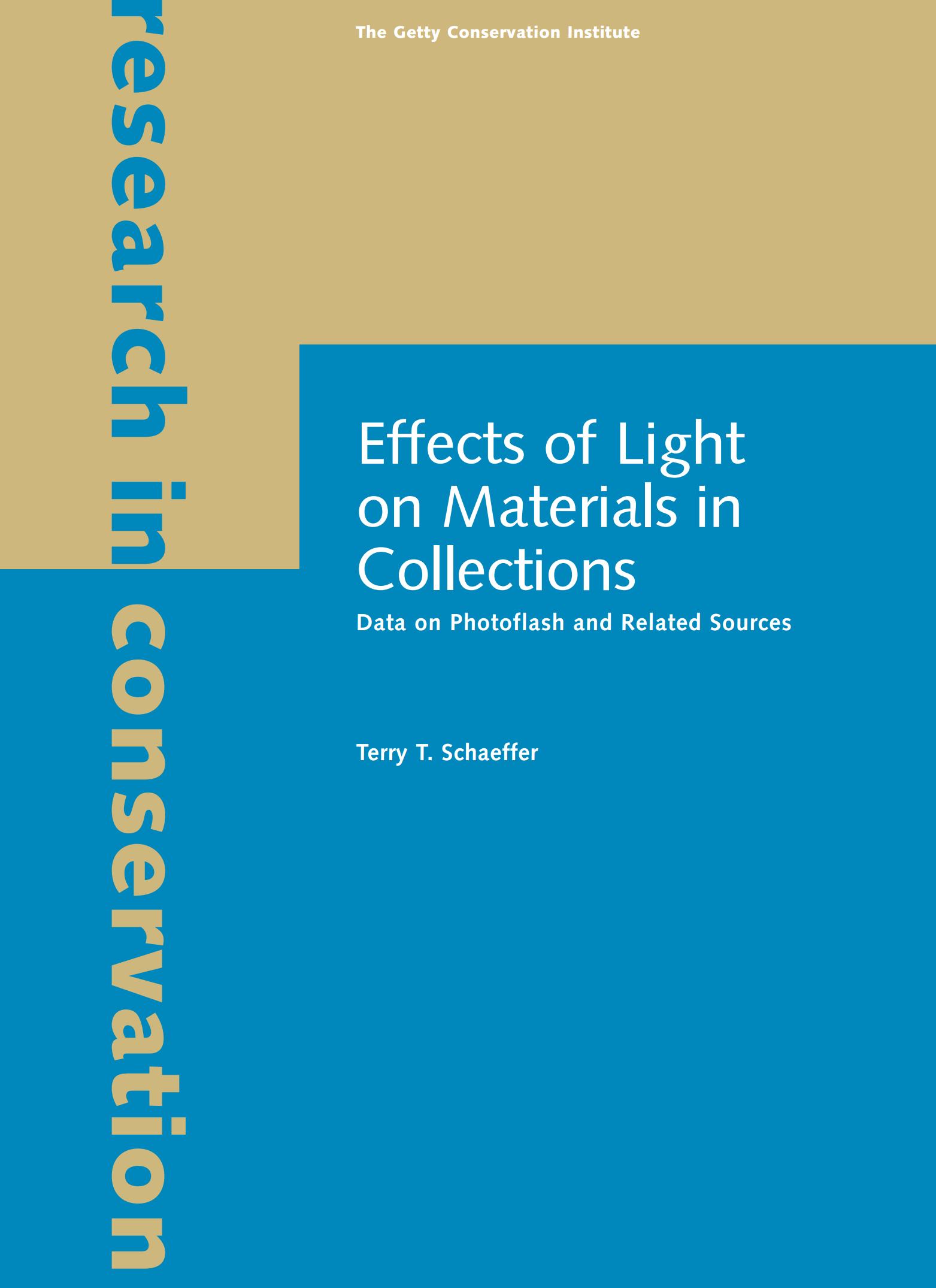 |
Terry T. Schaeffer
2001
220 pages
The impact of light on works of art and archival materials has long been an issue of concern to conservators and other museum professionals, yet the literature on this subject has never been systematically reviewed. This volume fills that gap by providing a survey of the impact of exposure to light with an emphasis on photoflash and reprographic sources. The information provided will assist the professional audience, especially conservators and collections managers, in assessing the risk to art and archival objects of such exposures.
The text surveys relevant photophysical and photochemical principles, photometric and radiometric measurement, and the spectral outputs of several light sources. Materials discussed include colorants and natural fibers; pulp, paper, and wood; natural and synthetic polymers; fluorescent whitening agents; photographic and reprographic materials; and objects containing combinations of materials. Approximations and assumptions used in the evaluation process are discussed in some detail, with examples of the different types of calculations.
|
|
|
|
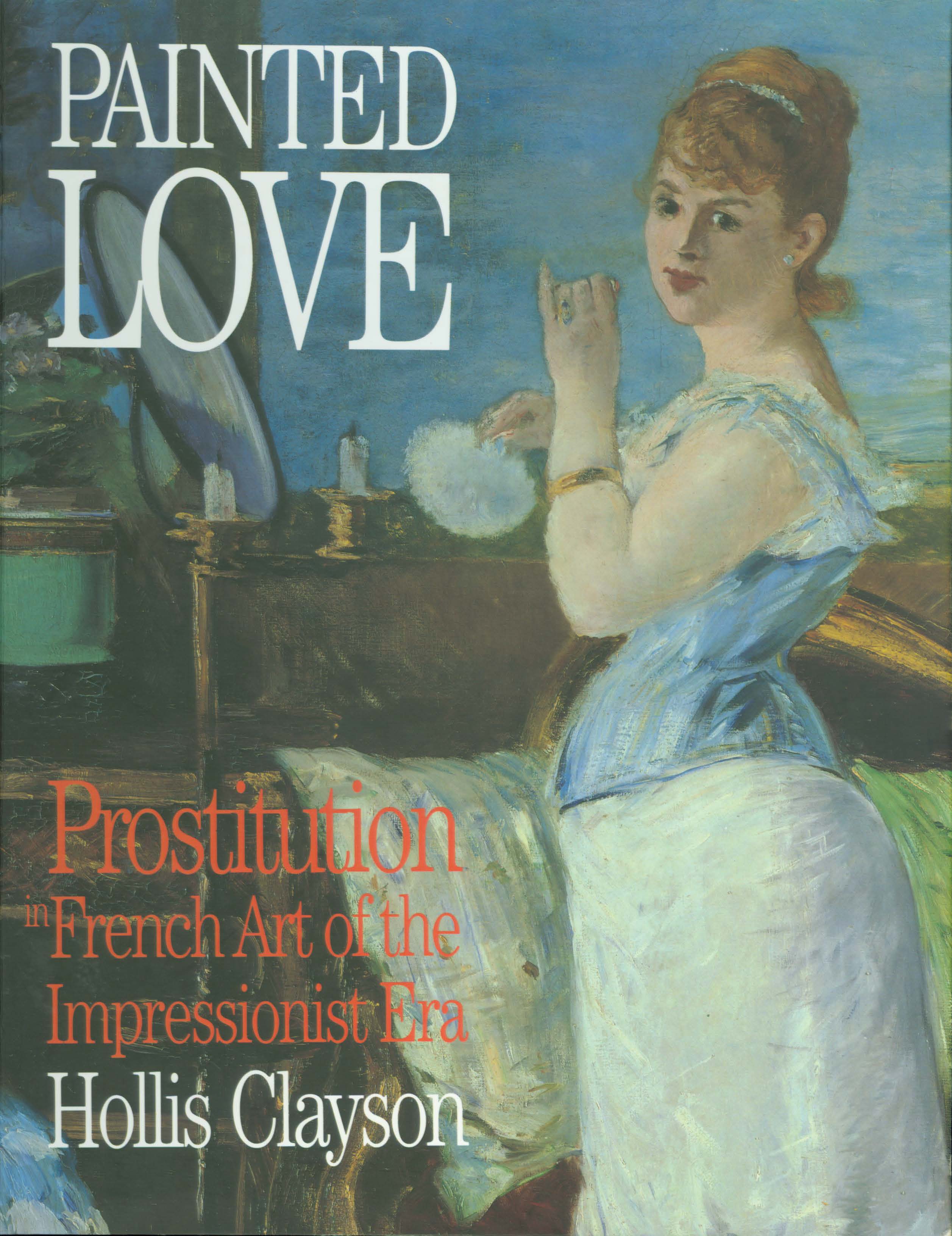 |
Hollis Clayson
2003
224 pages
Prostitution was widespread in nineteenth-century Paris and, as French streets filled with these women of the night, French art and literature of the period took notice. This engrossing book explains why, providing the first description and analysis of French artistic interest in women prostitutes and examining how the subject was treated in the art of the 1870s and 1880s by such avant-garde painters as Cézanne, Degas, Manet, and Renoir, as well as by academic and lowbrow painters who were their contemporaries.
The volume illuminates not only the imagery of prostitution—with its contradictory connotations of disgust and fascination—but also issues and problems relating to women and men in a patriarchal society. It discusses the conspicuous sexual commerce during this era and the resulting public panic about the deterioration of social life and mores and describes the system of regulating prostitutes and the subsequent rise of clandestine prostitutes, who were condemned both for blurring social boundaries and for spreading sexual licentiousness among their moral and social superiors. The book argues that the subject of covert prostitution was especially attractive to vanguard painters because it embodied key notions of modernity, exemplifying the commercialization and ambiguity of modern life.
Publications in the Texts & Documents series introduce new scholarship as well as reprints and previously unavailable translations of the most adventurous work in the field of art history, both past and present.
|
|
|
|
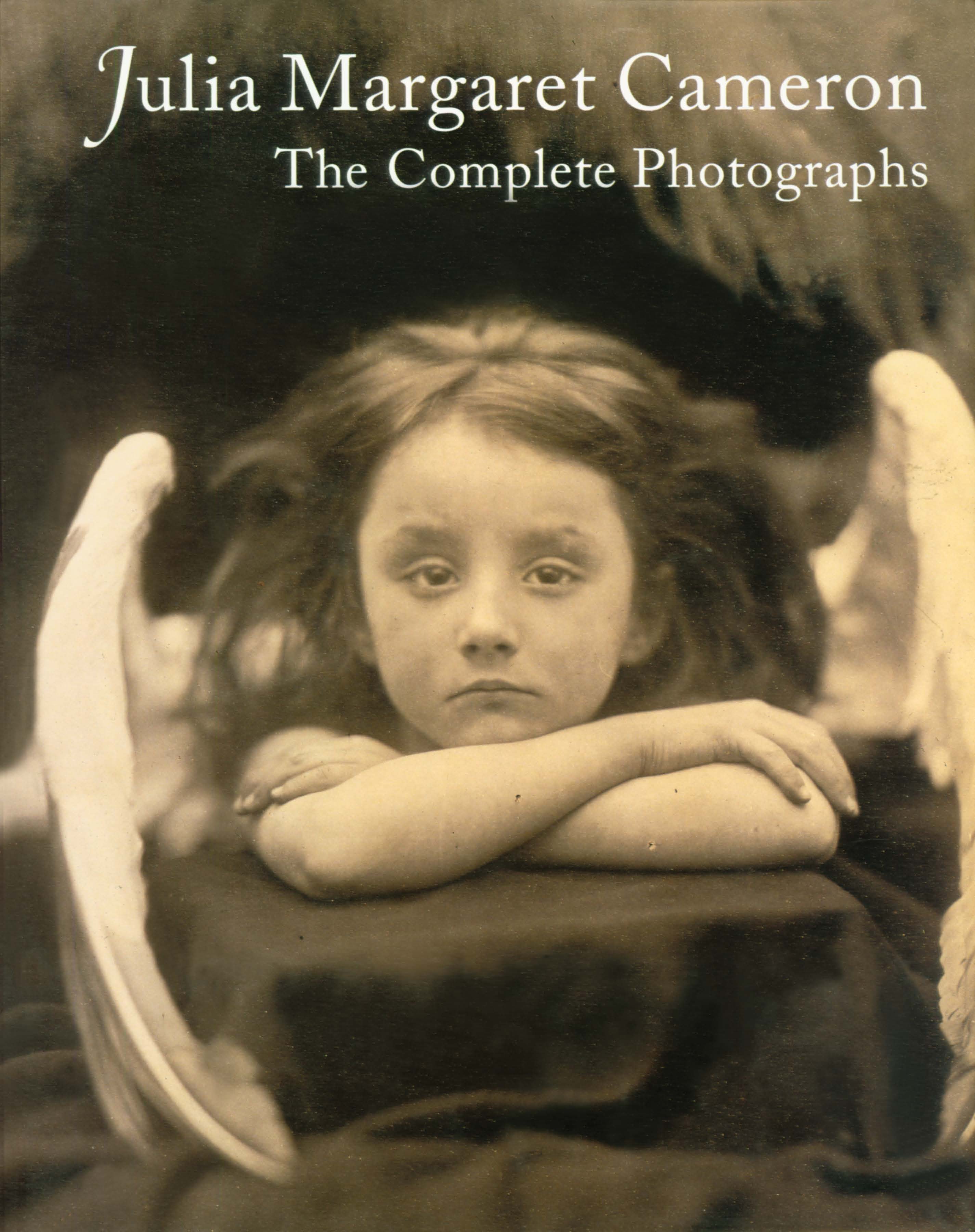 |
Julian Cox, Colin Ford, Joanne Lukitsh, Philippa Wright
2002
578 pages
According to one of Julia Margaret Cameron’s great-nieces, “we never knew what Aunt Julia was going to do next, nor did anyone else.” This is an accurate summation of the life of the British photographer (1815–1879), who took up the camera at age forty-eight and made more than twelve hundred images during a fourteen-year career. Living at the height of the Victorian era, Cameron was anything but conventional, experimenting with the relatively new medium of photography, promoting her own art though exhibition and sale, and pursuing the eminent personalities of her age—Alfred Tennyson, Charles Darwin, Thomas Carlyle, and others—as subjects for her lens. For the first time, all known images by Cameron, one of the most important nineteenth-century artists in any medium, are gathered together in a catalogue raisonné.
In addition to a complete catalogue of Cameron’s photographs, there is information on her life and times, initial experiments, artistic aspirations, techniques, small-format images, albums, commercial strategies, sitters, and sources of inspiration. Also provided are a selected bibliography of publications on Cameron, a list of exhibitions of her work held both in her time as well as our own, and a summary of important collections where her pictures can be found.
|
The Getty is not the only institution with an eye on virtual publishing of their catalog. Albers calls out the Met as the first to make this move, now offering 576 books for free download, and the Guggenheim has some 200 books hosted on the Internet Archive.
|
Партнёры
Бюро создает гармоничную городскую среду с 1996 года. Команда профессионалов специализируется на проектировании жилых, общественных и инфраструктурных объектов, сочетая проверенный опыт с современными подходами.
Решения для коммерческих помещений и общественных пространств любой сложности — от дизайн-проекта до монтажа. «БашГрупп» специализируется на полном комплексе услуг: проектирование, дизайн, поставка и монтаж потолочных, стеновых, напольных и осветительных конструкций в интерьере и экстерьере.
Более 17 лет «АСПЭК-Проект» служит надежным партнером для ведущих девелоперов, предлагая полный цикл архитектурно-проектных решений любой сложности — от концепции до рабочей документации.
Одна из крупнейших частных проектных организаций в Удмуртии. Более 25 лет «Архитектурное ателье „Плюс“» работает с объектами любого масштаба — проектирует и разрабатывает жилые дома, торгово-развлекательные и многофункциональные комплексы, офисные здания.
Бюро специализируется на комплексном проектировании жилых и общественных зданий, создании дизайн-проектов интерьеров и благоустройства жилых и общественных пространств.
Проектирование жилых домов, торгово-развлекательных и многофункциональных комплексов, офисных зданий.
|



















Комментарии
Добавить комментарий